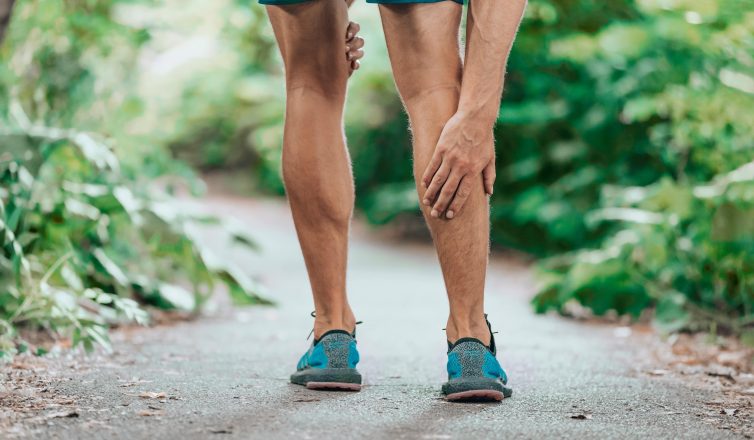Have you searched the internet for “pain on top of the foot”? or “Top of foot pain”? The foot-body connection is deeper than you might think. You may be surprised that the pain in your feet could be the root cause of many other pains throughout your body. Our feet consist of numerous bones, joints, muscles, tendons, and ligaments, all working together harmoniously to provide structure, support, and mobility. Each component has a unique function that contributes to the overall performance of our feet. When it comes to our physical foundation, our feet take center stage. They do more than carry us from one place to another; they hold the key to a complex relationship known as the foot-body connection.
III. The Role of Feet in Balance and Posture
Arch Support and Stability
Arch support is a critical factor in maintaining balance and stability. The arches of our feet act as shock absorbers, distributing the forces encountered during walking, running, and standing. There are three main arch types: low arches (flat feet), normal arches, and high arches. The type of arch we have affects the way our feet bear weight and how our bodies remain balanced.
Impact of Footwear on Posture
The type of footwear we choose plays a significant role in our posture. Ill-fitting or unsupportive shoes can disrupt the natural alignment of the feet, leading to poor posture. High heels, for example, can force the body’s weight forward, affecting the spine and causing imbalances. Optimal footwear should provide proper arch support, cushioning, and stability, allowing the feet to function naturally. How can footwear affect back pain? click and learn more.
The Ripple Effect of Poor Posture
Poor posture can have a cascading effect on the entire body. When the feet are misaligned, it can cause a chain reaction of musculoskeletal issues. Imbalances in the feet can lead to misalignments in the knees, hips, and spine, affecting the body’s overall structure. Over time, this can result in pain, discomfort, and limitations in daily activities.
Foot-Body Connection, How is the Foot Connected to the Body
The foot-body connection extends beyond the feet themselves. Foot health has a profound impact on various systemic conditions and areas of the body.
Foot and Back Pain
Foot problems can contribute to back pain. When the feet are not properly supported or aligned, it can place excessive strain on the muscles, ligaments, and joints of the back. By addressing foot issues and providing adequate support, it is possible to alleviate and prevent back pain.
Impact on Lower Limbs
The health of our feet directly affects the well-being of our lower limbs. Conditions such as plantar fasciitis, shin splints, and Achilles tendonitis can arise from poor foot health. By prioritizing foot care, we can reduce the risk of these lower limb conditions and enhance our overall mobility.
Effects on Balance and Fall Risk
Foot problems can significantly impact balance and increase the risk of falls, particularly in older adults. By maintaining good foot health and engaging in exercises that improve strength and flexibility, we can enhance balance, reduce falls, and promote overall safety.
Maintaining Foot-Body Wellness
To maintain optimal foot-body wellness, it is essential to adopt healthy habits and practices that prioritize foot health.
Foot Exercises and Stretches
Regular exercises and stretches can strengthen the muscles of the feet and improve flexibility. Simple activities like toe curls, heel raises, and arch stretches can contribute to foot strength and mobility. Incorporating these exercises into daily routines can yield long-term benefits.
Choosing Proper Footwear
Selecting appropriate footwear is crucial for foot health. Look for shoes that provide proper arch support, cushioning, and a comfortable fit. It is important to consider the specific needs of your feet and the activities you engage in regularly when choosing footwear.
Seeking Professional Help
The foot-body connection is a complex and vital aspect of our overall well-being. By understanding the mechanics of the foot, acknowledging its role in balance and posture, recognizing the far-reaching effects of foot health, and implementing strategies to maintain foot-body wellness, we can enjoy a healthier, more balanced life.When experiencing persistent foot issues or concerns, it is advisable to seek professional assistance. Contact Healthfirst Spine and Wellness to learn more and book your appointment today!
FAQs (Frequently Asked Questions)
Q1: Can wearing high heels cause long-term damage to the feet?
Wearing high heels frequently and for extended periods can lead to various foot problems. The elevated heel alters the biomechanics of the foot, placing increased pressure on certain areas and disrupting natural alignment. Over time, this can contribute to issues such as bunions, hammertoes, and plantar fasciitis.
Q2: How often should I replace my running shoes?
The lifespan of running shoes varies depending on factors such as mileage, running style, and shoe quality. As a general guideline, it is recommended to replace running shoes every 300-500 miles or when you notice signs of wear and tear, loss of cushioning, or diminished support.
Q3: Are there any exercises I can do to improve balance and prevent falls?
Yes, there are several exercises that can help improve balance and reduce the risk of falls. Examples include standing on one leg, practicing tai chi or yoga, and incorporating balance exercises into your fitness routine. It is advisable to consult with a healthcare professional or physical therapist for personalized recommendations based on your specific needs and abilities.
